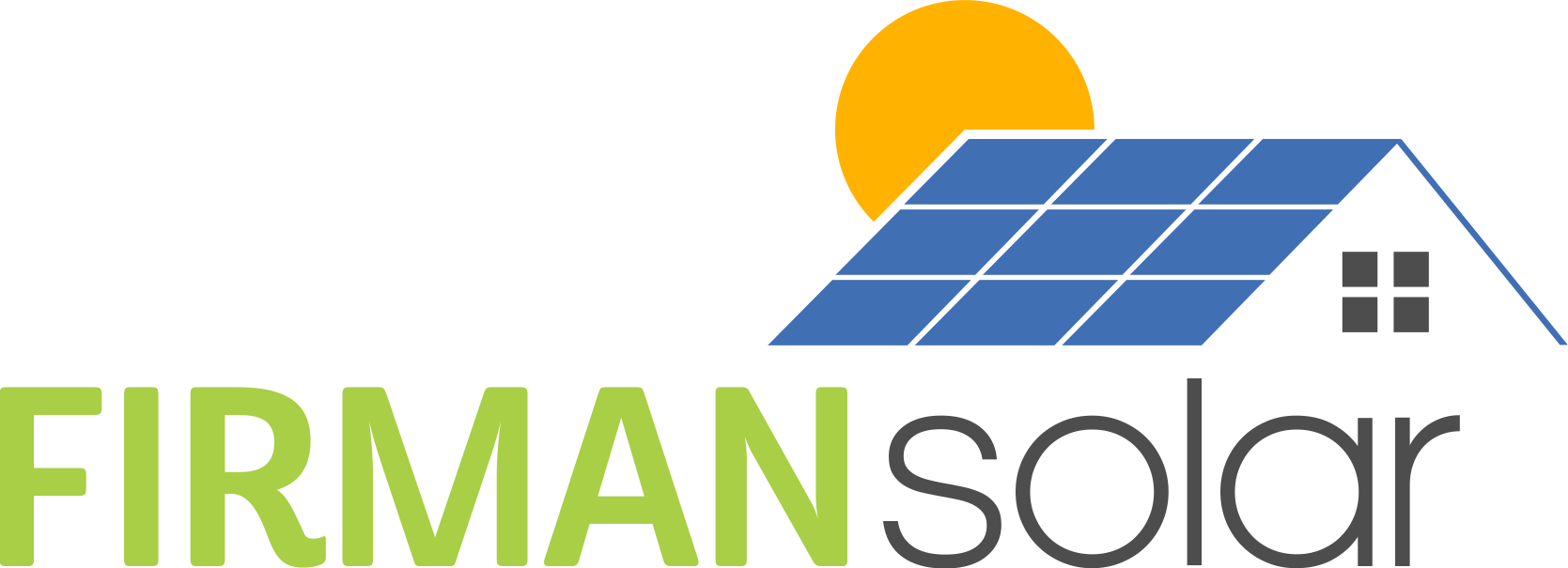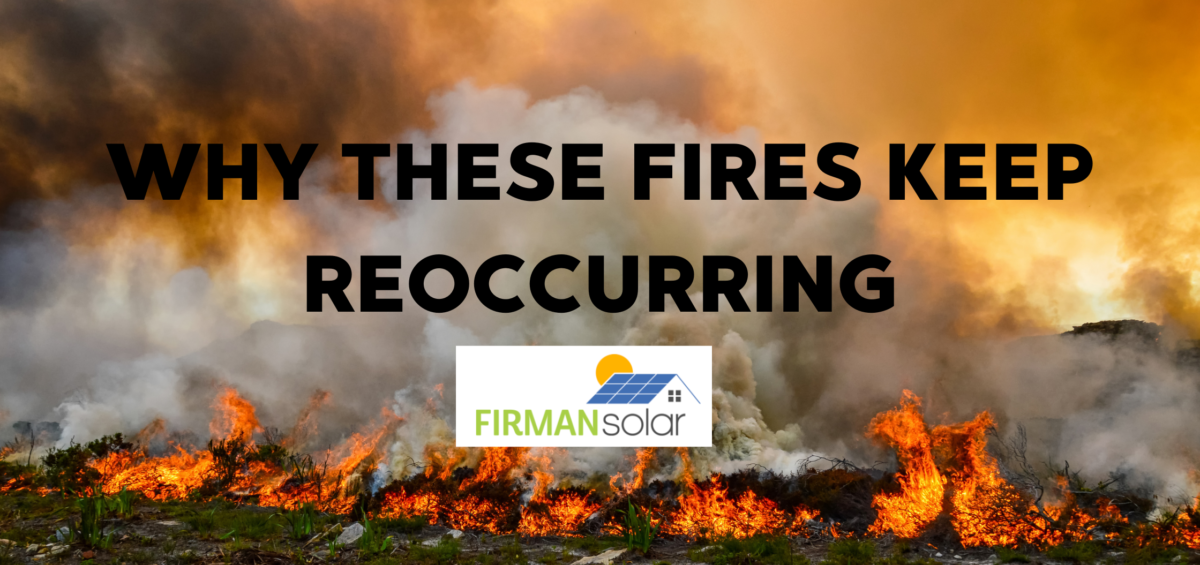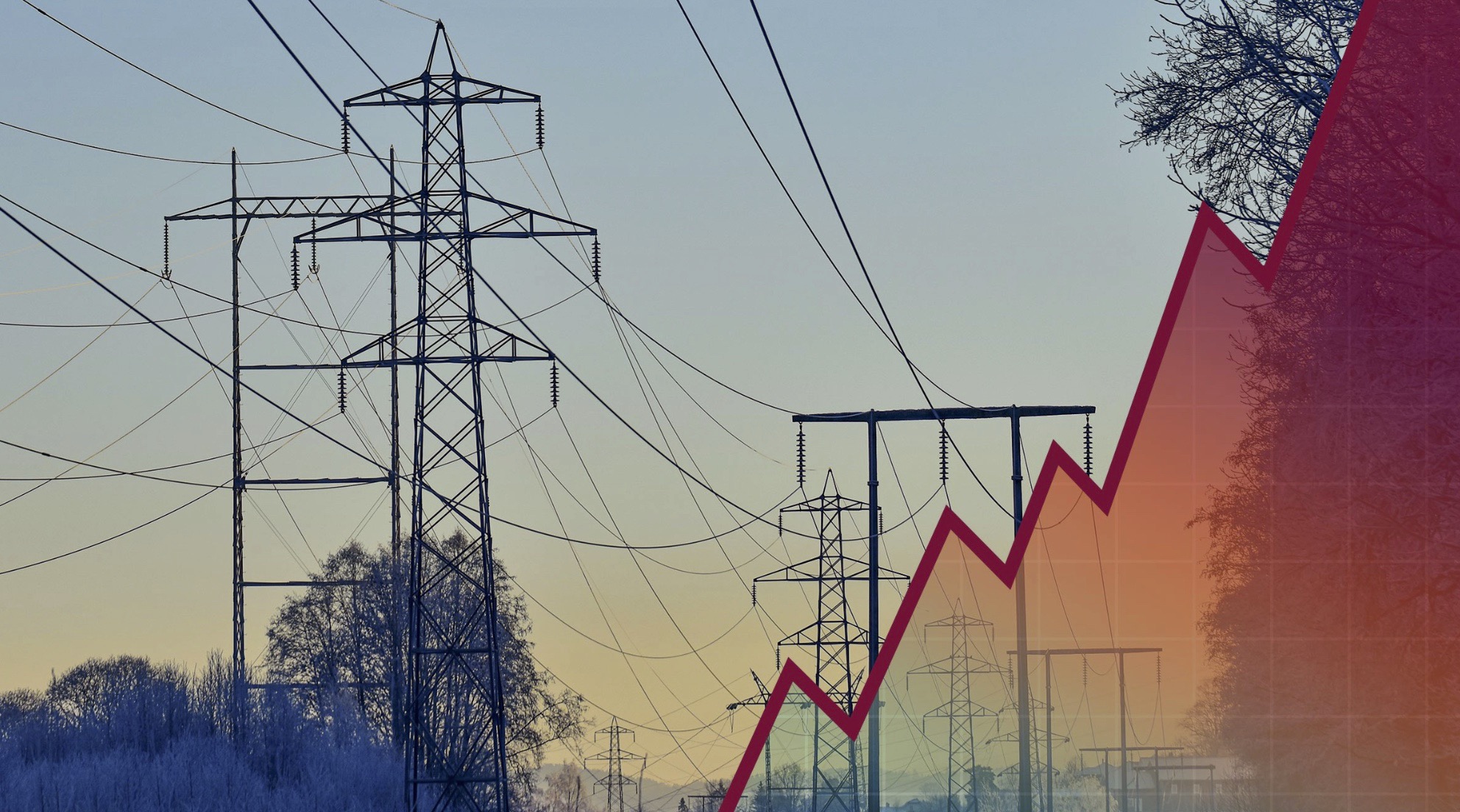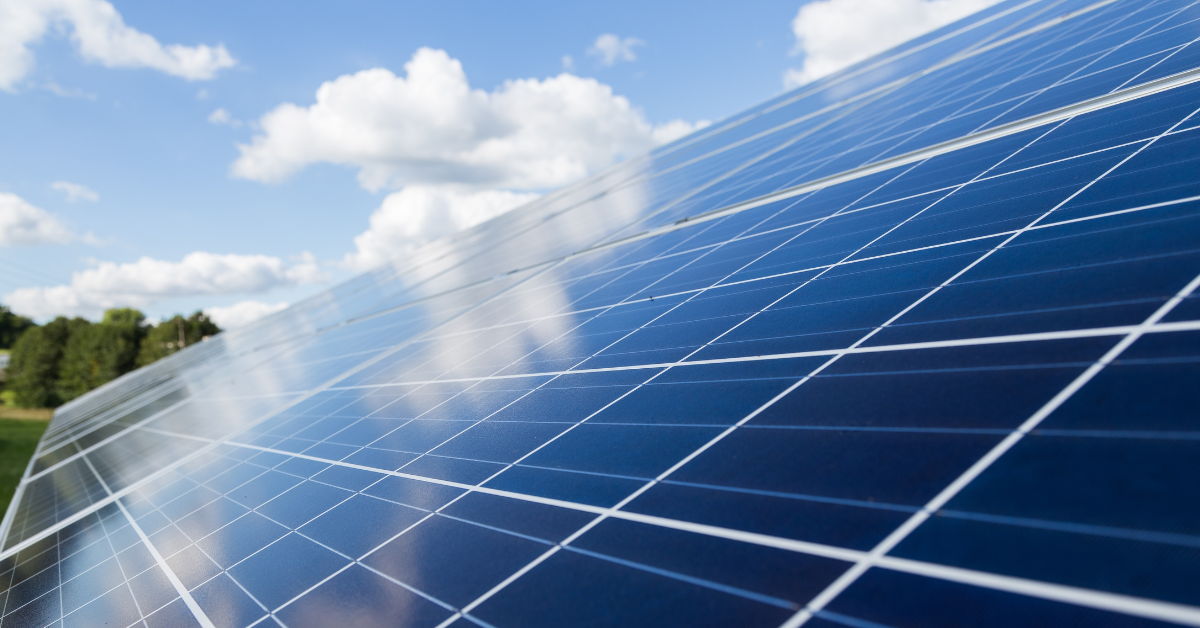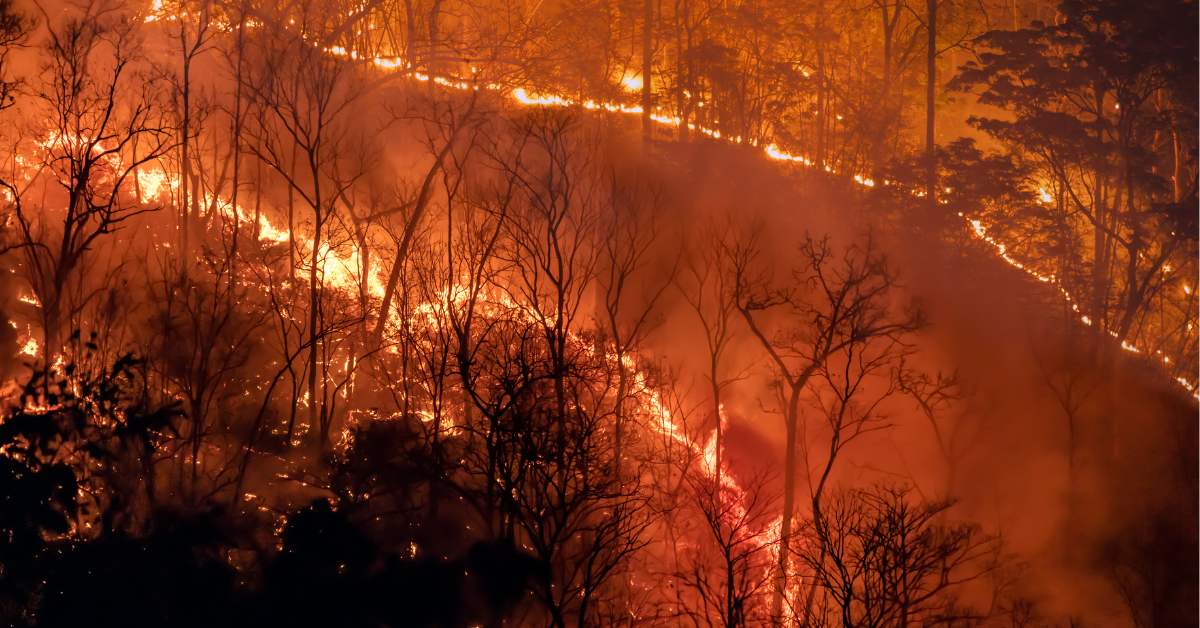The Santa Ana winds are a well-known weather phenomenon in Southern California, characterized by dry, warm, and powerful winds that sweep through the region, often exacerbating wildfire conditions. These winds are a crucial factor in the state’s fire seasons, making an already arid climate even drier and more susceptible to dangerous wildfires. But what does this have to do with solar energy?

Understanding the Santa Ana Winds
Santa Ana winds originate from high-pressure systems over the Great Basin and flow toward lower-pressure areas along the California coast. As these winds descend from higher elevations, they compress and heat up, sometimes reaching speeds over 60 miles per hour. The key characteristics of Santa Ana winds include:
- High Speeds: Often strong enough to cause damage to power lines and infrastructure.
- Low Humidity: Dries out vegetation, increasing wildfire risk.
- Warm Temperatures: Can raise temperatures rapidly, intensifying fire hazards.
The Connection Between Santa Ana Winds and Solar Energy
While the Santa Ana winds contribute to wildfire dangers and other environmental challenges, solar energy presents a viable solution to mitigate their impacts. Here’s how:
1. Reducing the Risk of Wildfire-Caused Blackouts
During periods of high winds, power companies often shut off electricity to prevent downed power lines from sparking wildfires. This leads to planned blackouts, disrupting homes and businesses. Solar panels combined with battery storage provide an independent power source, allowing properties to remain functional even during grid outages.
2. Lowering Greenhouse Gas Emissions to Stabilize Climate Patterns
Climate change is intensifying extreme weather, including wind patterns like the Santa Ana winds. By transitioning to solar power, we reduce reliance on fossil fuels, which helps slow global warming and its effects on wind behavior and wildfire risks.
3. Strengthening Energy Resilience in Wind-Prone Areas
Regions affected by Santa Ana winds need robust and decentralized energy systems. Solar microgrids and battery storage solutions reduce dependency on vulnerable infrastructure, ensuring continuous energy supply during extreme wind events.
4. Enhancing Air Quality and Reducing Fire Hazard
Fossil fuel plants contribute to air pollution, which is worsened by wildfire smoke during Santa Ana wind events. Increasing solar adoption helps cut pollution levels, improving overall air quality and reducing health risks from wildfire smoke exposure.
The Urgent Need for More Solar Adoption
With only 5 million of 89 million single-family homes in the U.S. currently using solar energy, the potential for increased adoption is enormous. If more homes and businesses invest in Rooftop or Ground Mount Solar + Battery systems, we could significantly cut carbon emissions and reduce the risk of weather-driven disasters.
The Santa Ana winds are a force of nature that can create dangerous conditions, but solar energy offers a powerful way to mitigate their impact. By transitioning to clean, renewable energy, we can reduce wildfire risks, prevent power outages, and combat the climate change factors that are making these winds more extreme.
Investing in solar isn’t just about saving money—it’s about securing a safer, more resilient future for everyone.
